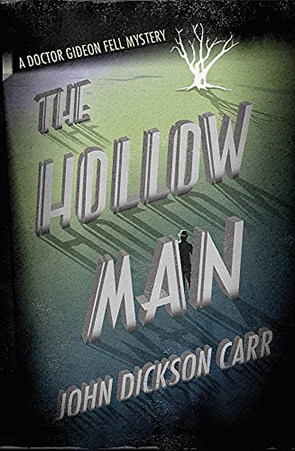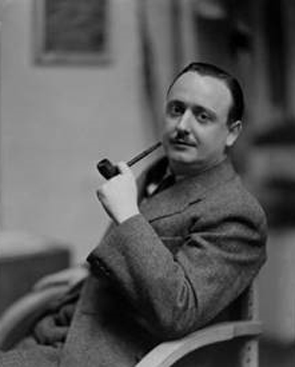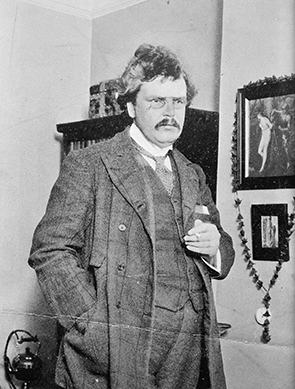‘But, if you’re going to analyse impossible situations,’ interrupted Pettis, ‘why discuss detective fiction?’
‘Because,’ said the doctor, frankly, ‘we’re in a detective story, and we don’t fool the reader by pretending we’re not. Let’s not invent elaborate excuses to drag in a discussion of detective stories. Let’s candidly glory in the noblest pursuits possible to characters in a book.’
Dr Fell, p.152
It’s quite normal for characters in a mystery novel to refer to detective stories, to how the detectives would behave in the stories, or how a murder could be done, or to whether or not something was possible. But I’ve never before come across a self-aware acknowledgement from a character that he is a fictional character. This comment was part of a wonderful bit of metafiction that is a full chapter of Fell giving a lecture on locked room mysteries. He goes through all the variants, discusses how they work, and which other mysteries make the best use of the different techniques. The chapter also discusses the improbability of the solutions in detective fiction, and how this isn’t something to complain about but rather to whole-heartedly embrace and enjoy. This chapter alone is reason enough, in my opinion, to love this book.
The Hollow Man is a classic locked room mystery, with two seemingly impossible murders. First up, Professor Grimaud is shot in his locked study by a man who was seen to enter the room but not to exit it, vanishing without a trace. Further, the lack of footprints in the snow-covered ground say that the man could not have entered the house to begin with, despite other occupants of the house hearing the doorbell ring, seeing the man enter, going upstairs and interacting with him in different ways. Secondly, Pierre Fley is shot in the middle of an empty street, with people walking ahead of him hearing a threatening voice and a shot but on turning around, finding only the dead man (shot at an angle that makes suicide impossible and with marks which show that he was shot at close range) and a gun, with no trace of another man or any footprints in the snow. The two men are brothers, and it is initially thought that Fley was the man who had shot Grimaud, but there was no explanation of how he could have escaped from his brother’s house or who could have shot him. It’s up the Dr Fell to untangle all the convoluted threads and explain how it all happened.
The first thing that struck me about this book was the gothic atmosphere. Internal evidence in the book says that it is set in the 1930s, but the atmosphere seems to more like Victorian London, with the snow and the fog and general gloom. Vampires and other supernatural elements, including invisible assassins, add to this atmosphere. It’s unashamedly melodramatic and the story seems completely improbable. But I’m with Dr Fell on this point: I don't care that it is improbable. The solution, as unravelled by Dr Fell, is ingenious. As Fell says on page 153 “a great part of our liking for detective fiction is based on a liking for improbability.”
What is important to the unravelling of the mystery of the murders is realising how everyone perceived and interpreted the crimes and interpreted, and that what they saw is completely wrong, depending on one important ‘fact’ that everyone has just presumed was correct without verifying it. The roots of the crimes go back thirty or more years, to Transylvania and to men buried alive and rising from their graves, thereby giving the suggestion that vampires might be involved (I did say there were suggestions of the supernatural in this one!). Of course no one seriously believes that a vampire was involved, but there seems to be no way to interpret what everyone has seen, or to understand how anyone could have planned for the circumstances that occurred. The secret is that what happened was not planned, and many of the complicating factors were unintended by the murderer, even though he made use of them when they arose. Although hints at the solution can be found in Fell's lecture on locked room mysteries, this distracts from the real hints which come several chapters before that.
I really enjoyed this classic mystery and would highly recommend to fans of the genre.
 RSS Feed
RSS Feed Facebook
Facebook Instagram
Instagram YouTube
YouTube Subscribe to our Newsletter
Subscribe to our Newsletter







No one has commented yet. Be the first!